AFI
SOURCE: AFI

A significant milestone has been achieved in India’s defense capabilities. The Military Engineering Services (MES) has successfully indigenized the Ship Installed Chemical Detection System (SICADS) in collaboration with Larsen & Toubro-Strategic Electronics Division (L&T-SEC) Bengaluru and the Defence Research and Development Establishment (DRDE) Gwalior. This achievement places India among a select group of nations capable of developing cutting-edge chemical warfare defense systems.
The Ship Installed Chemical Agent Detection System, developed by DRDE Gwalior in collaboration with its Design Cum Production Partner (DCPP) Larsen & Toubro, is a state-of-the-art system designed to detect and identify a wide range of chemical warfare agents and selected toxic industrial chemicals. This indigenization effort is a testament to India’s growing self-reliance in defense technology and its commitment to ensuring national security.
Continue readingSOURCE: AFI

The Indian Air Force (IAF) and the United States Air Force (USAF) have successfully concluded the 25th edition of their Executive Steering Group Meeting (ESG). The three-day event, held from September 24th to 26th, 2024, showcased the strong and enduring partnership between the two air forces.
The USAF delegation, led by the Deputy Commander of Pacific Air Forces, engaged in productive discussions with their Indian counterparts. The talks focused on a wide range of issues, including joint exercises, technology cooperation, and strategic partnerships.
Continue readingSOURCE: AFI
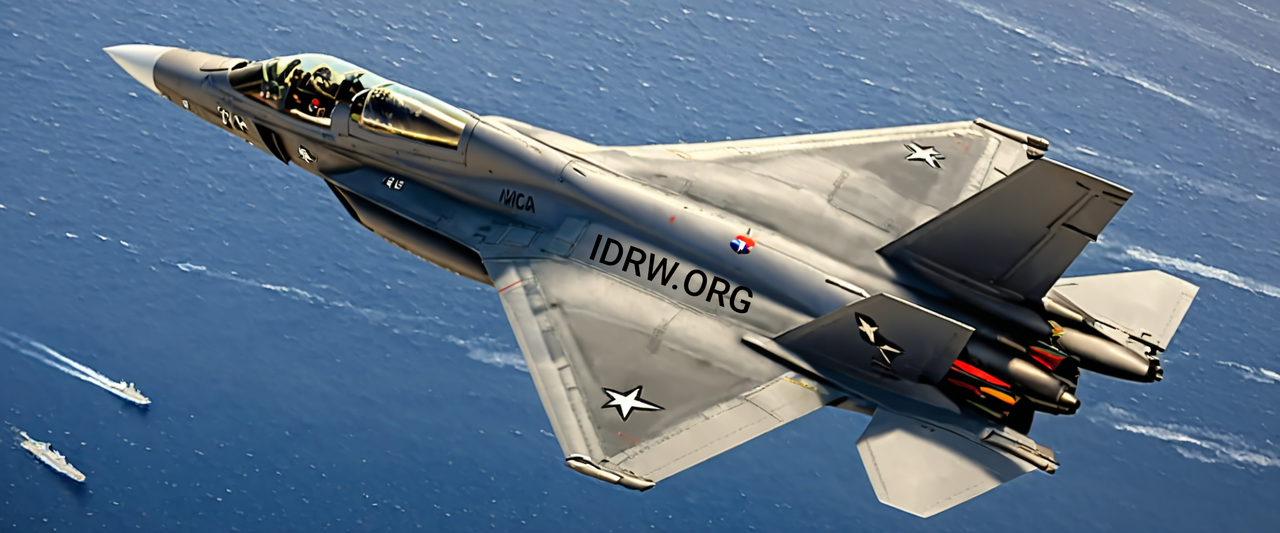
As India seeks to modernize its naval aviation capabilities, the choice between the Naval AMCA (Advanced Medium Combat Aircraft) and the Twin Engine Deck Fighter Based Aircraft (TEDBF) has become a subject of intense debate. While the TEDBF has received significant attention, there are compelling reasons to prioritize the Naval AMCA, a true fifth-generation fighter jet program.
India’s investment of 15000 crores in the AMCA program is a strategic decision that reflects the country’s commitment to developing cutting-edge military technology. The Naval AMCA could offer many advantages, making it a more promising option than the TEDBF.
Continue readingSOURCE: AFI

@officialTatya_1
In recent years, pilots of India’s indigenous Tejas Mk1 fighter jet have been seen using various types of aviation helmets, with multiple sightings revealing a blend of both international and locally sourced equipment. These helmets are crucial for pilot safety, performance, and communication, especially during high-speed maneuvers and complex mission profiles. The following article provides a breakdown of the four aviation helmets observed being used by Tejas Mk1 pilots, each playing a unique role in flight operations.
One of the aviation helmets seen on Tejas Mk1 pilots is the Guéneau 458, equipped with the Ulmer 82 oxygen mask. Manufactured by the French company L’Optique Scientifique Guéneau, this helmet is known for its versatility and is compatible with various fighter aircraft including the Rafale, Mirage, Eurofighter, Sukhoi, and MiG. The Guéneau 458 is available in three sizes and has been widely adopted across several air forces around the world. Its ability to work with different types of aircraft, including American models such as the F-15, F-16, F-18, and even training aircraft like the Hawk, makes it a popular choice for both seasoned and test pilots.
Continue readingSOURCE: AFI
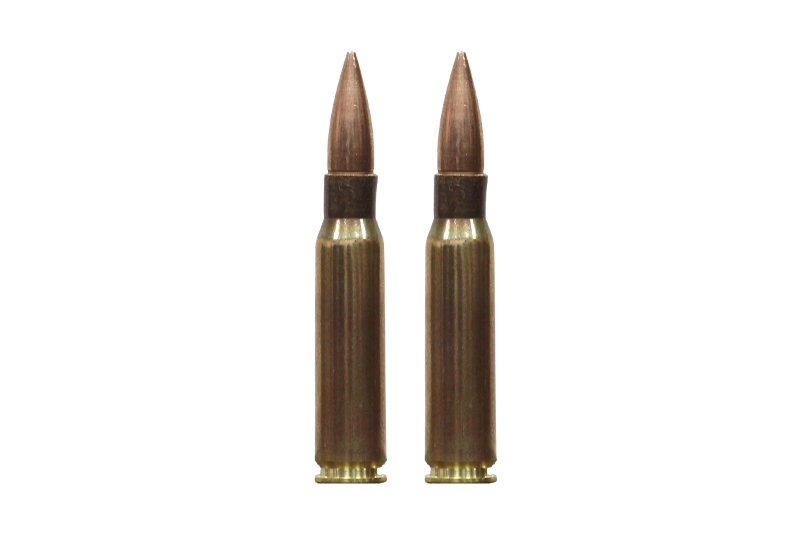
Adani Defence, the defense manufacturing arm of the Adani Group, plans to double its annual production of small arms ammunition to 300 million rounds by next year. This significant expansion will solidify Adani Defence’s position as a major supplier of ammunition to the Indian Armed Forces.
Adani Defence recently commenced production of 150 million rounds of small caliber ammunition at its new facility in Kanpur, Uttar Pradesh. This initial output is estimated to meet approximately 25% of India’s annual ammunition requirement. By doubling production to 300 million rounds per year, Adani Defence will be able to cater to 50% of the country’s annual demand.
Continue readingSOURCE: AFI
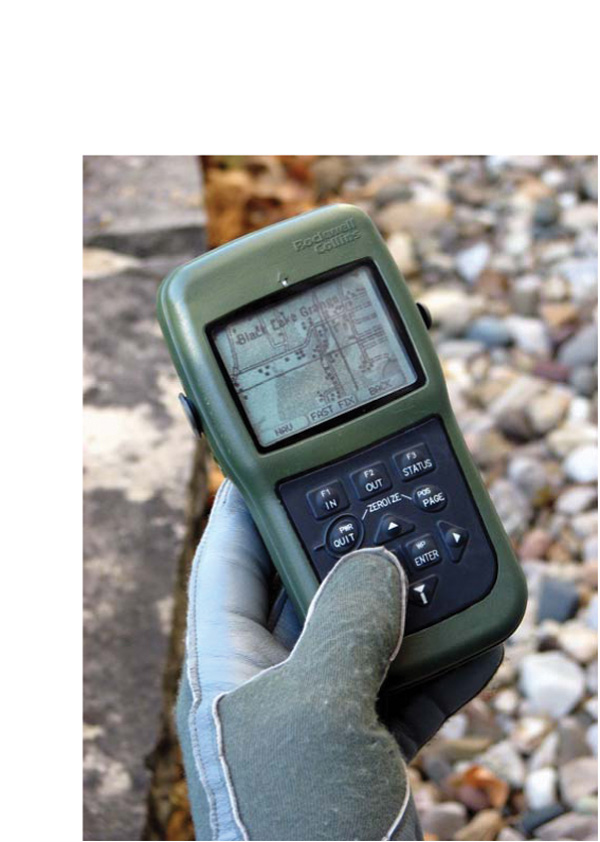
The Ministry of Defence, Government of India, is planning to procure approximately 9000 units of Global Positioning System (GPS) handheld devices. These devices will be crucial for the Indian Army (IA) in safeguarding the nation’s sovereignty along the International Border (IB).
In an era where cartographic data can become outdated, GPS handheld devices provide an invaluable tool for facilitating various aspects of warfare that require accurate ground position information. The following paragraphs outline the broad operational requirements for these GPS devices:
Continue readingSOURCE: AFI

On September 25, Azerbaijani President and Commander-in-Chief Ilham Aliyev officially welcomed the new JF-17C (Block-III) fighter jets into service with the country’s Air Force. Developed in collaboration between Pakistan Aeronautical Complex (PAC) and China’s Chengdu Aircraft Corporation (CAC), the advanced, all-weather multi-role aircraft is expected to significantly enhance Azerbaijan’s military capabilities.
The acquisition of the JF-17C (Block-III) has placed Armenia under increasing pressure to counter Azerbaijan’s growing air power. Armenia, a close ally of India, currently operates a fleet of four Su-30SM and 16 Sukhoi Su-25 aircraft, which primarily serve as ground attack aircraft. To maintain a balanced military posture in the region, India may consider offering Armenia its LCA-Tejas Mk1A fighter jet as a potential solution.
Continue readingSOURCE: AFI
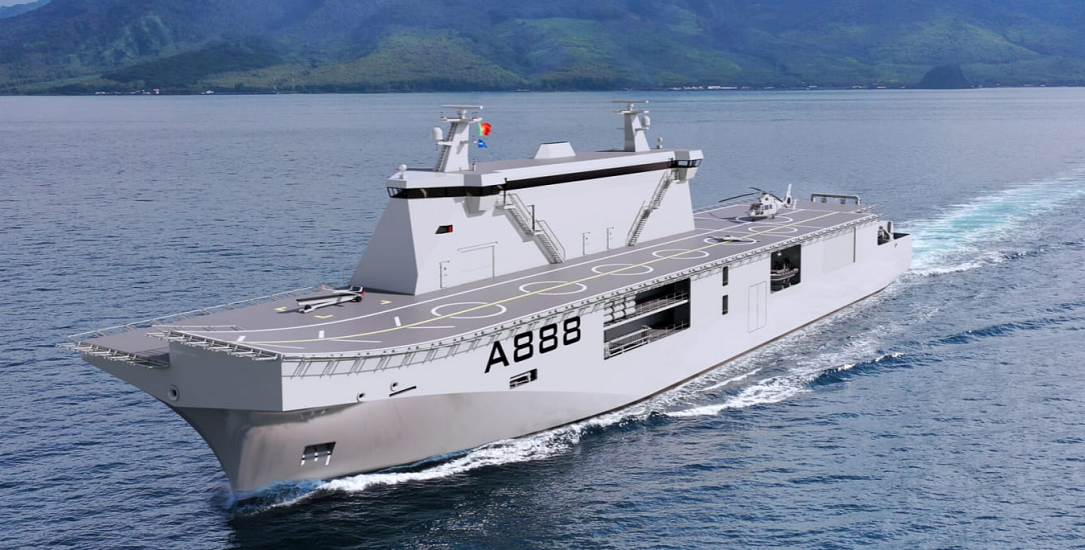
The rapid evolution of unmanned systems and artificial intelligence (AI) in modern warfare has presented a paradigm shift in naval strategy. As the world’s leading military powers, like the U.S., China, and Russia, increasingly embrace autonomous technology and unmanned aerial systems (UAS) for naval warfare, it is critical for the Indian Navy to advance its capabilities in this domain. One of the most revolutionary concepts is the development of drone carriers—vessels designed to deploy, recover, and command fleets of unmanned systems. For India, the development of an indigenous drone carrier is not just desirable but necessary to meet future security challenges and maintain maritime dominance in the Indian Ocean Region (IOR).
The Indian Navy operates within the vast expanses of the IOR, an area critical to global maritime trade and security. The region is also the theater of increasing competition with China’s People’s Liberation Army Navy (PLAN) and frequent forays by other external powers. While the Indian Navy has made significant strides in expanding its conventional fleet, the inclusion of a drone carrier would exponentially expand its operational reach.
Continue readingSOURCE: AFI

In a significant development for India’s defense exports, the Ministry of Defence (MoD) and Small Arms Factory (SAF), Kanpur, have secured a major order for 2,000 Medium Machine Guns (MMGs) from a European customer. This deal marks a major leap for India’s defense sector and signifies the growing international recognition of its indigenous weapons capabilities.
The news comes on the heels of previous reports by idrw.org highlighting strong European interest in the MAG MMG, manufactured by SAF. This reliable and high-performance weapon is now poised to make a significant mark in the European market.
Continue readingSOURCE: AFI

Larsen & Toubro Shipbuilding (L&T Shipbuilding) has once again welcomed the US Navy’s hospital ship, USNS Charles Drew, for Mid-Term Availability (MTA) repairs. This visit marks another milestone in the strong partnership between L&T Shipbuilding and the U.S. Navy, following the successful completion of Voyage Repair Availabilities (VRAs) for USNS Charles Drew, USNS Matthew Perry, and USNS Salvor.
The MTA repairs are being carried out under the Master Ship Repair Agreement (MSRA) signed between L&T Shipbuilding and the U.S. Navy in 2023. The MSRA provides a framework for long-term collaboration and ensures efficient and effective maintenance and repair services for U.S. Navy vessels.
Continue readingSOURCE: AFI

A successful 12-week training program for the Tanzanian People’s Defence Force (TPDF) Mechanised Infantry has concluded at the Mechanised Infantry Centre & School (MIC&S) in Ahmednagar. The intensive training, conducted from July 1 to September 24, 2024, focused on equipping TPDF soldiers with the technical, operational, and tactical skills required to operate and maintain the ICV BMP 2.
The training program covered a wide range of topics, including technical operations, maintenance procedures, and tactical functions of the ICV BMP 2. Through hands-on training and practical exercises, TPDF soldiers gained valuable experience and expertise in handling this advanced armored vehicle.
Continue readingSOURCE: AFI
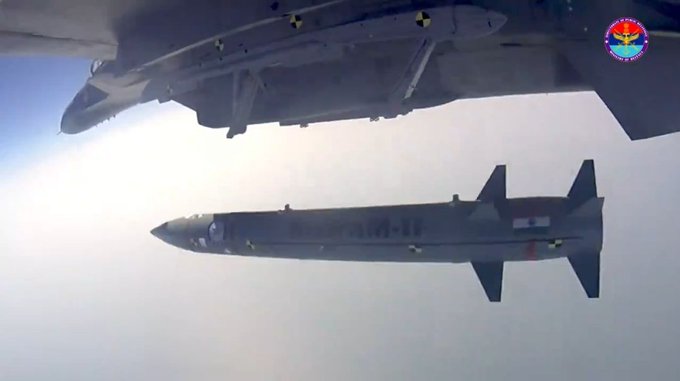
India’s Defense Research and Development Organisation (DRDO), in collaboration with the Indian Air Force (IAF), is preparing for a series of critical weapon trials using a specially modified Su-30MKI fighter jet. This modified testbed will be used by the Aircraft and Systems Testing Establishment (ASTE) to conduct combined trials of DRDO’s advanced air-launched weapons, including the Rudram-1, Rudram-2, Rudram-3 anti-radiation missiles, and the Long-Range Glide Bombs (LRGB).
This testbed will enable DRDO to evaluate the performance of the Rudram missile series and the LRGB, both in terms of aerodynamics and weapon integration. The Su-30MKI’s ability to simulate various flight profiles and engage in combat scenarios makes it an ideal platform for testing advanced air-launched systems.
Continue readingSOURCE: AFI

Following the successful export of BrahMos missiles to the Philippines, Vietnam, Malaysia, and Brunei have expressed strong interest in acquiring the Indian-developed shore-based anti-ship variant of the BrahMos missile system. According to sources close to AFI (Agence Focused India), these three Southeast Asian nations are in advanced stages of discussion with India, having held multiple rounds of negotiations. The potential for a deal with these countries is reportedly high.
The interest from Vietnam, Malaysia, and Brunei signals the growing demand for the BrahMos missile system, which is jointly developed by India and Russia. Known for its supersonic speed, precision, and versatility, the BrahMos missile is capable of targeting ships and other naval assets with high accuracy, making it a valuable asset for nations looking to bolster their maritime defense capabilities.
Continue readingSOURCE: AFI
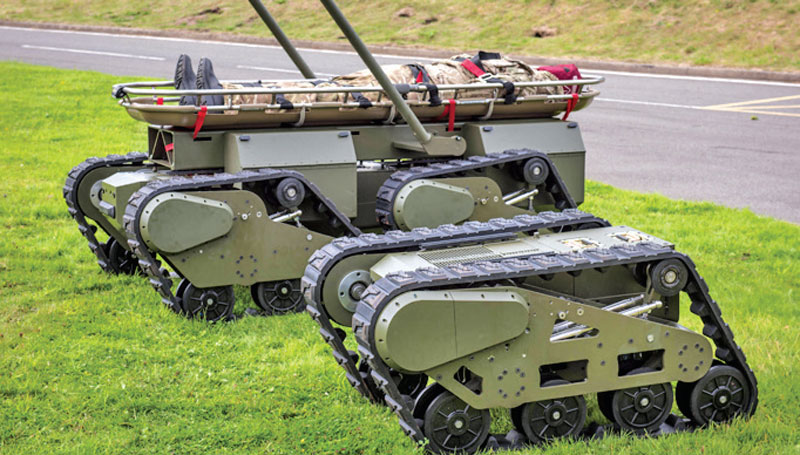
The Indian Army is actively exploring the procurement of AI-infused autonomous systems, such as Unmanned Aerial Vehicles (UAVs) and Unmanned Ground Vehicles (UGVs), to enhance operational capabilities in Ladakh’s extreme altitudes, often exceeding 15,000 feet. These high-altitude areas pose unique challenges, requiring cutting-edge technology that can function effectively in harsh conditions.
To address these requirements, the Indian Army, in collaboration with the Federation of Indian Chambers of Commerce and Industry (FICCI), is hosting Himtech, an event themed “Harnessing Defence Technology for High Altitude Areas.” The event brings together over 90 vendors from across India, showcasing indigenous defense technologies that can be tailored for high-altitude operations. The initiative is in line with the Atmanirbhar Bharat (self-reliant India) mission, promoting the development and deployment of homegrown solutions for the Indian Armed Forces.
Continue readingSOURCE: AFI

Hindustan Aeronautics Limited (HAL), India’s premier aerospace company, is eyeing a significant upgrade in its status. The government is considering elevating HAL from its current “Navratna” status to the coveted “Maharatna” category, a move that would significantly enhance the company’s operational autonomy and financial independence.
Cabinet Secretary TV Somanathan is set to preside over a meeting of an apex committee on September 23 to discuss this proposal. The official said, “The Cabinet secretary has called for a meeting of the apex committee on September 23 to consider the grant of Maharatna status to HAL.”
Continue reading